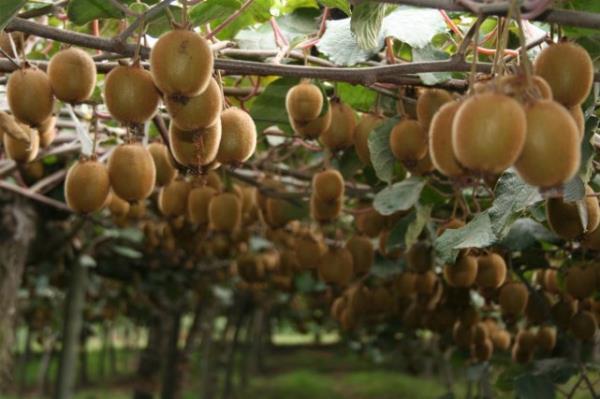Europe, the U.S and India are the main destinations for Chilean kiwifruit in 2021
VU
According to the latest Crop Report of the Chilean Kiwi Committee, in 2021, Europe consolidated itself as the largest importer of Chilean kiwifruit (47,824 tons), although with a decrease of 6% compared to 2020.
Within the European market, only the Netherlands and England register increases in imports, + 46% and + 2%, respectively.
In the North American market, the US is the main recipient to date with total of 22 thousand tons, which is 22% higher than in the previous year.
In the Far East market, a drop of -11% is observed, which could be explained by the reduction in imports from China-Hong Kong (-56%), leaving India as the main destination in the region with a total of 13,496 tons and an increase of 35% compared to 2020.
According to the report, in 2020, Chilean kiwi exports to India registered a record, with about 11 thousand tons throughout the season, surpassing the result of 2018 (10 thousand tons).
So far in the development of the current campaign, exports to this destination are higher than last season. The Committee believes that this shows the consolidation of the species within the product portfolio, which is due to the efforts of the industry and the campaigns carried out by the Kiwi Committee in India.
Until week 32, the volume of exports from Chile shows a decrease of 2% compared to what was registered in the same week of 2020. Europe and Latin America are the main destinations to date.
Shipments to Latin America reach 23,932 tons, with Brazil, Colombia, Mexico and Argentina being the main destinations.
In the Middle East, exports reach 5,727 tons, with the United Arab Emirates and Saudi Arabia being the main recipients of the fruit.
To date, the accumulated exports of Chilean kiwis reach 126,965 tons.
The main exported varieties are Hayward, with 123,446 tons, Jintao 1,890 tons, Dori, with 664 tons, Soreli, with 448 tons, Green Light 382 tons, Kiss 68 tons, Summer Kiwi 43 tons and Sweet Kiwi 20 tons. Non-Hayward varieties show an increase of 4% compared to the previous year.
source: simfruit.cl





